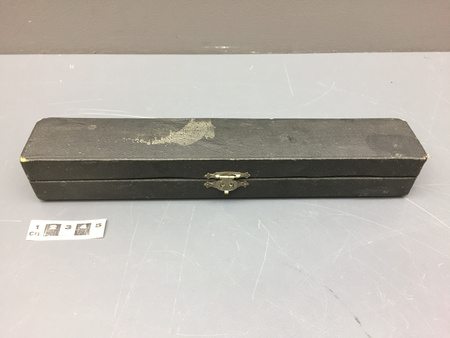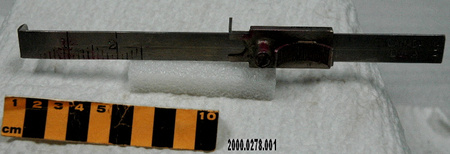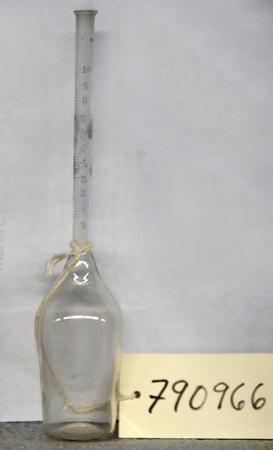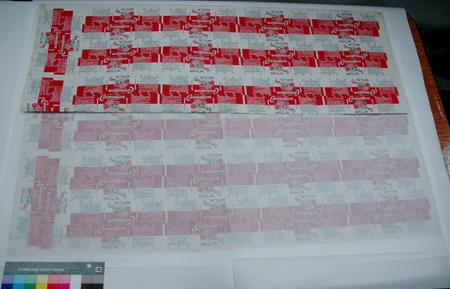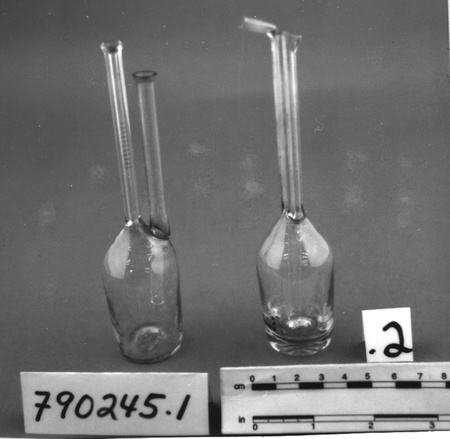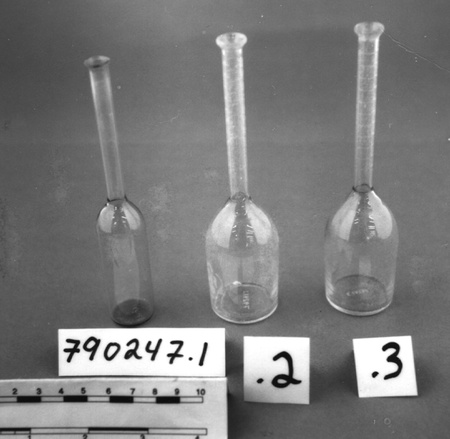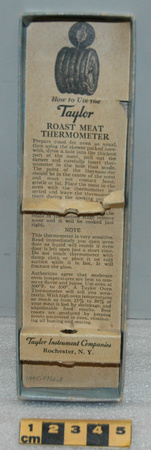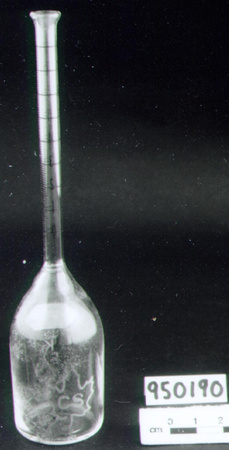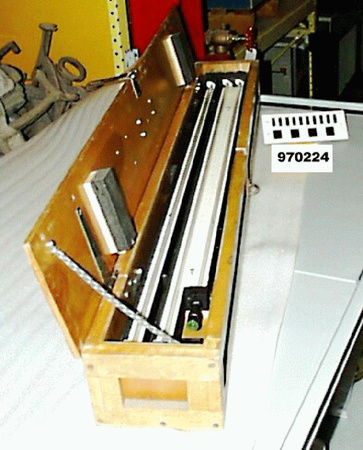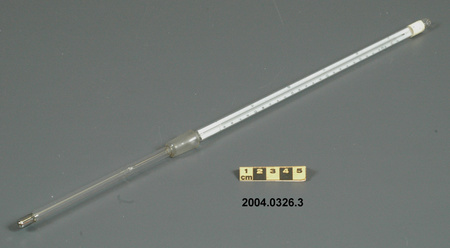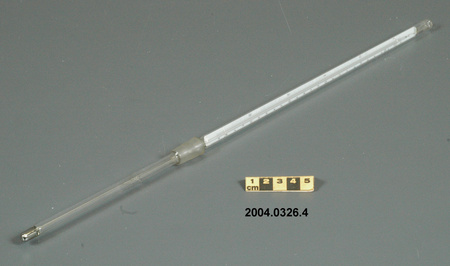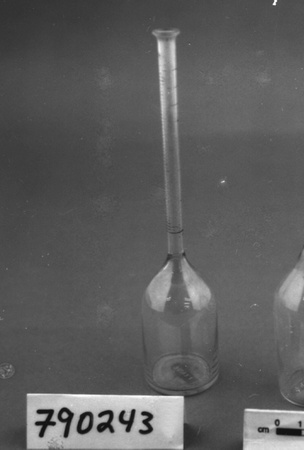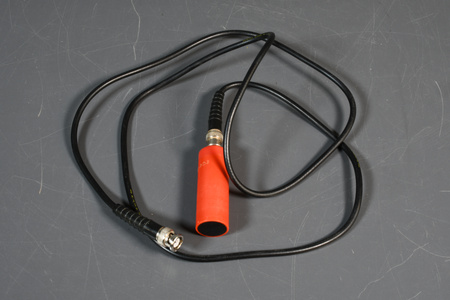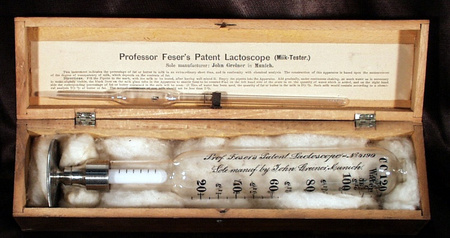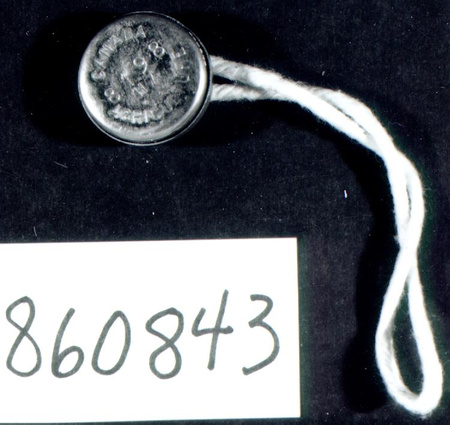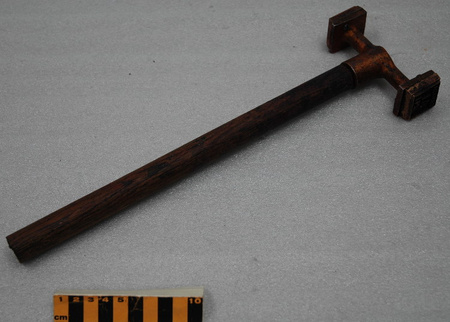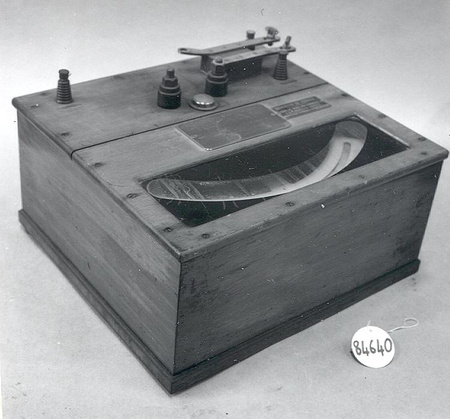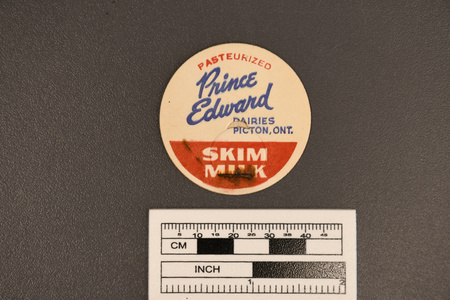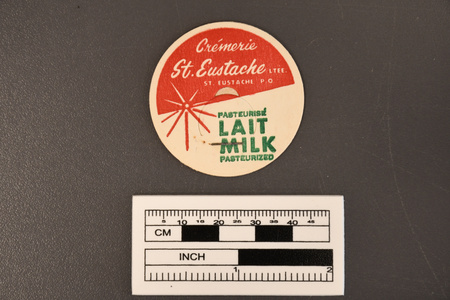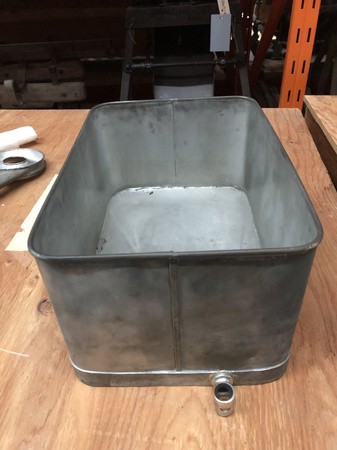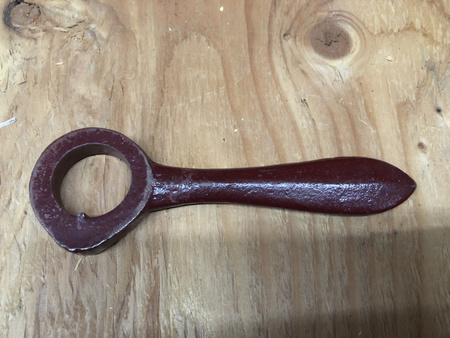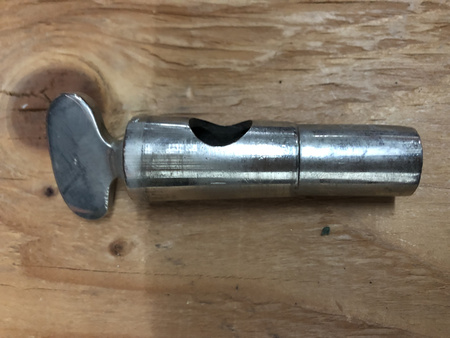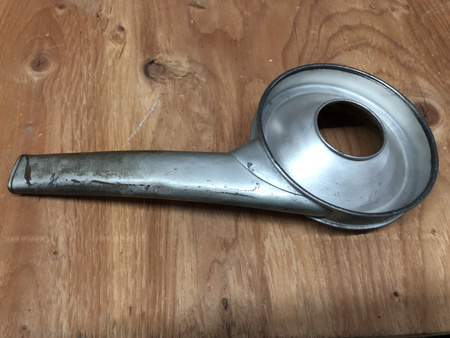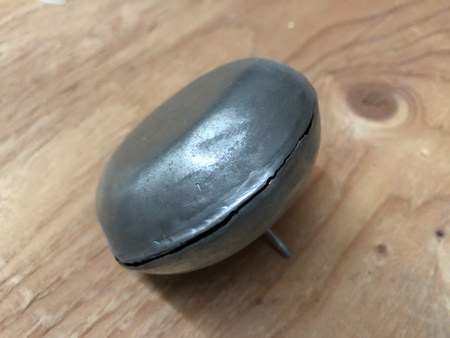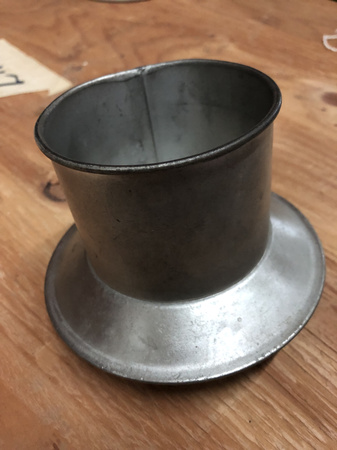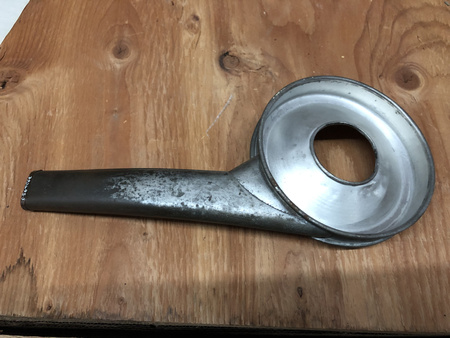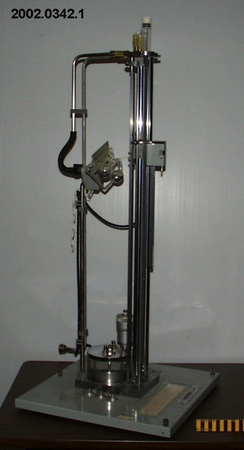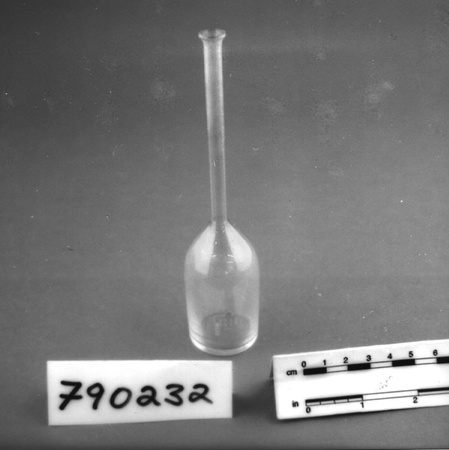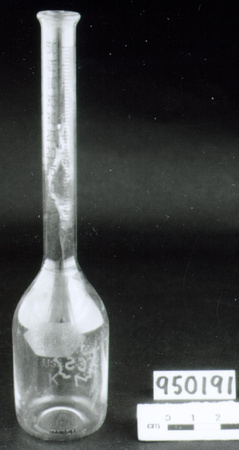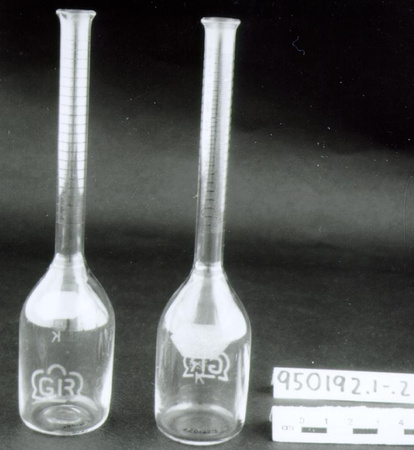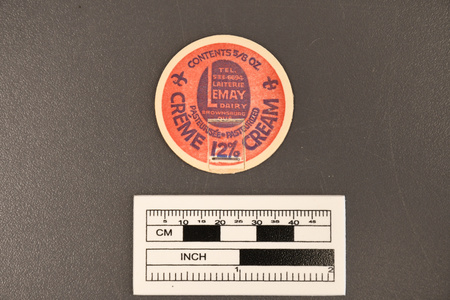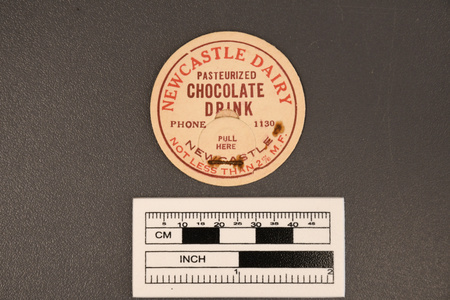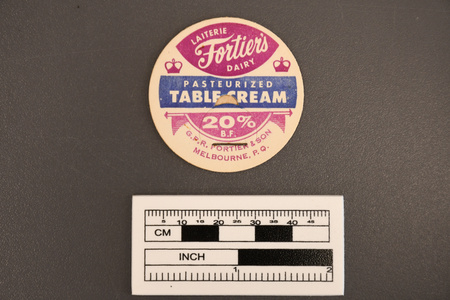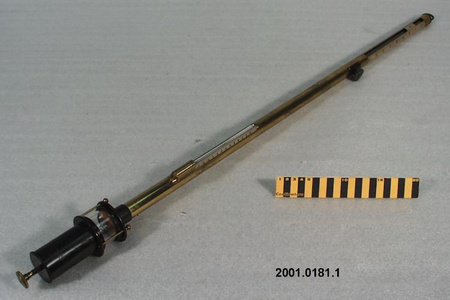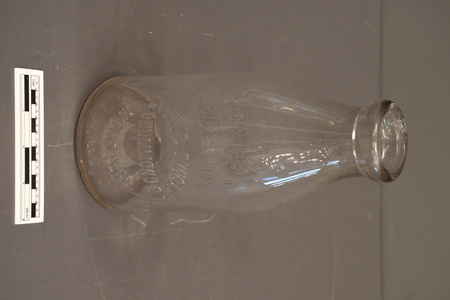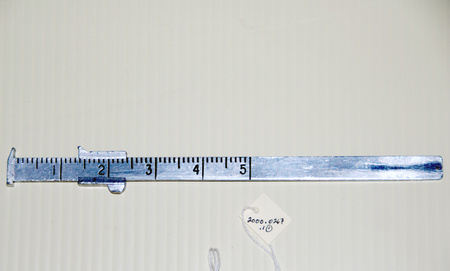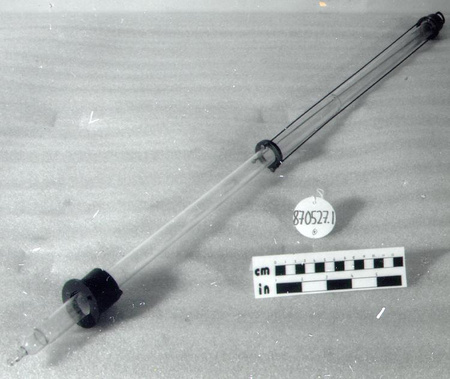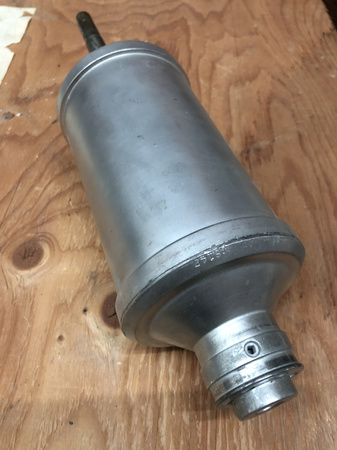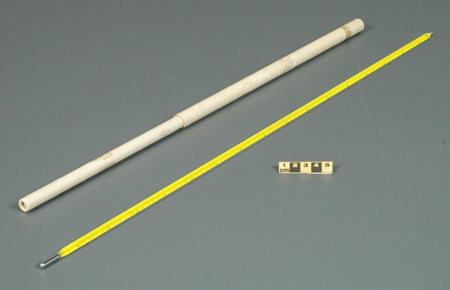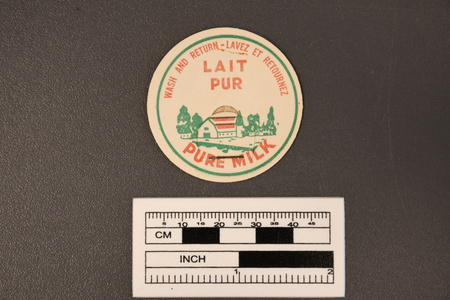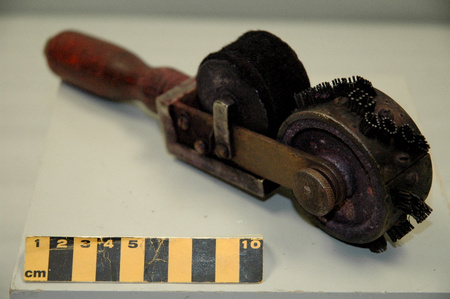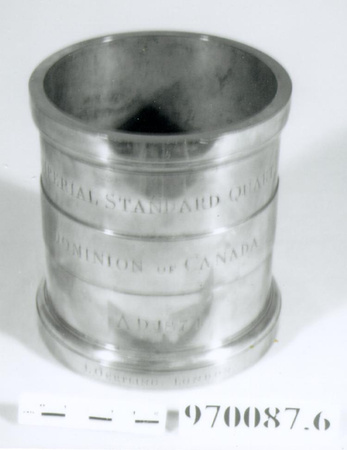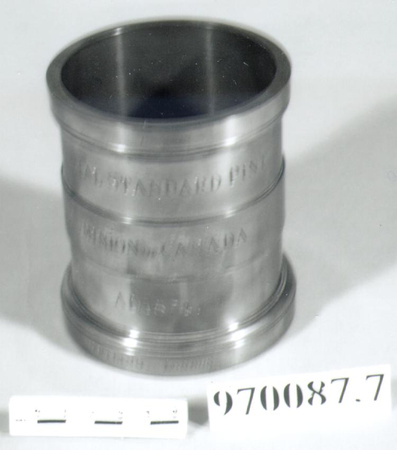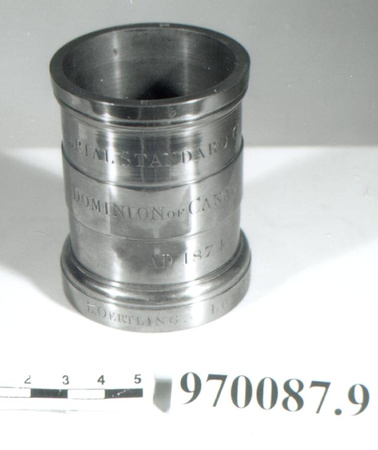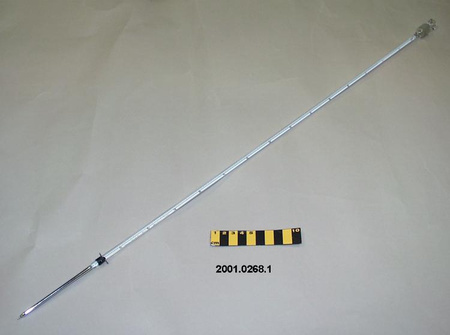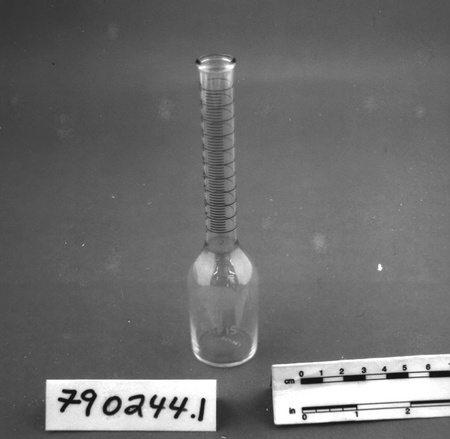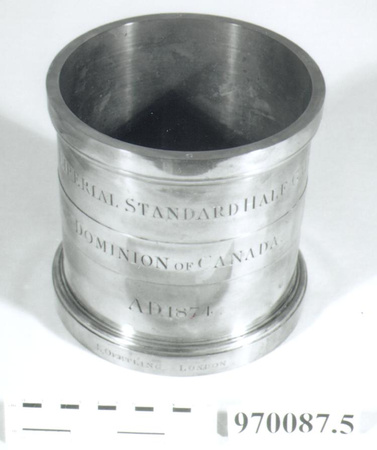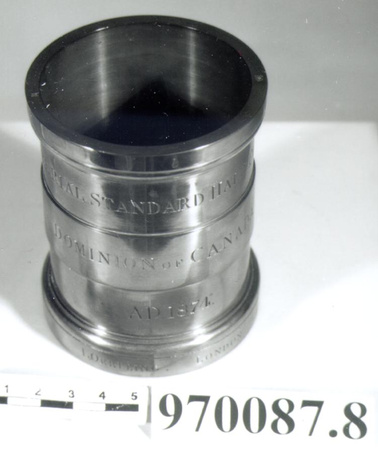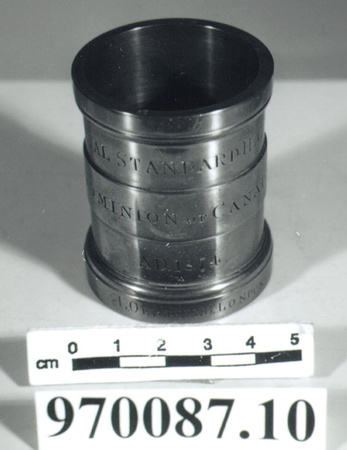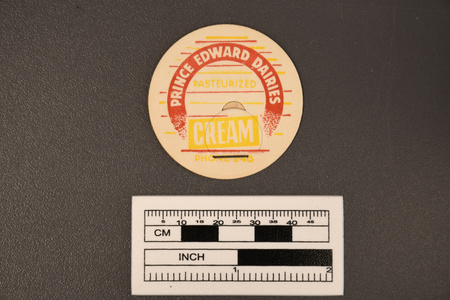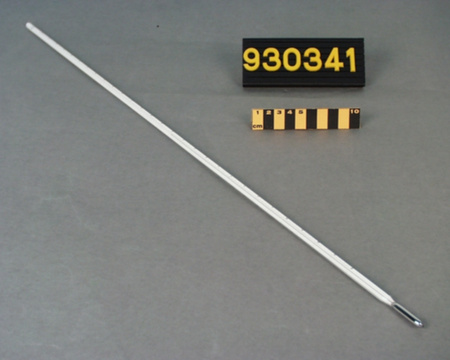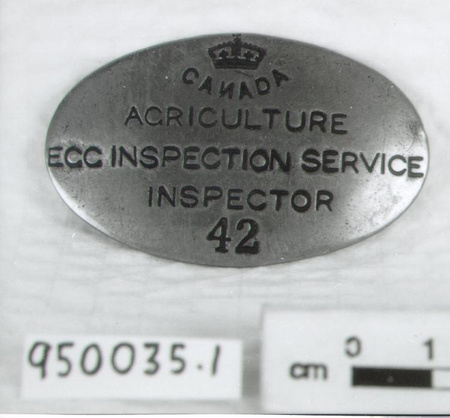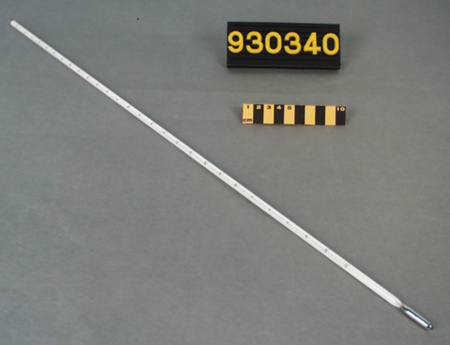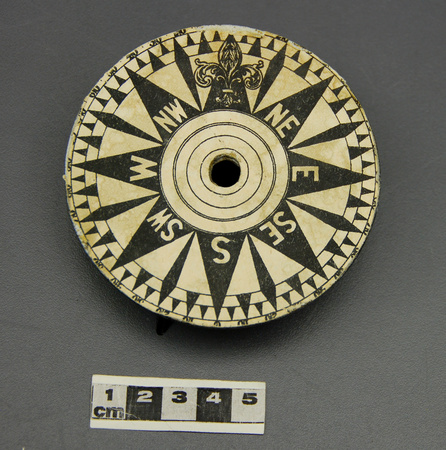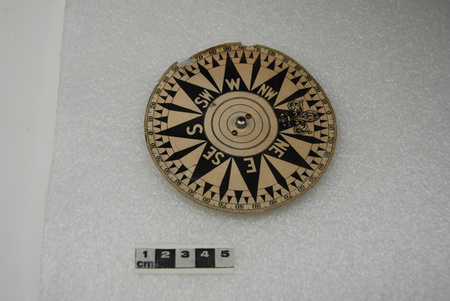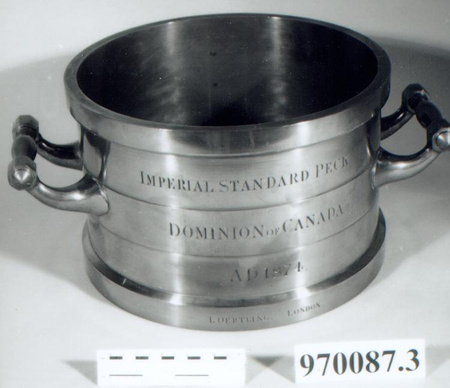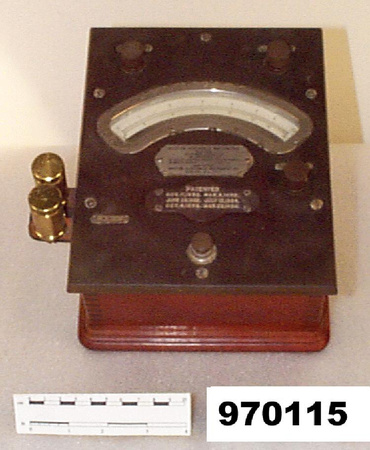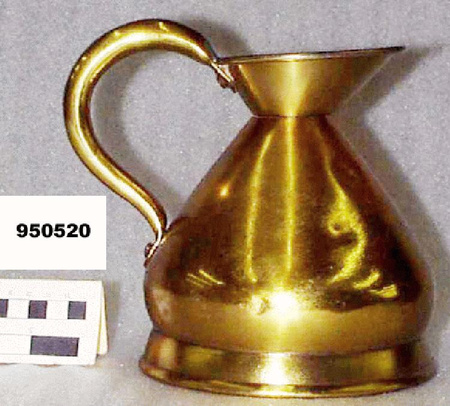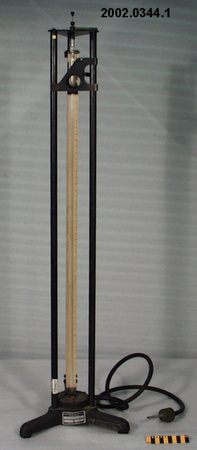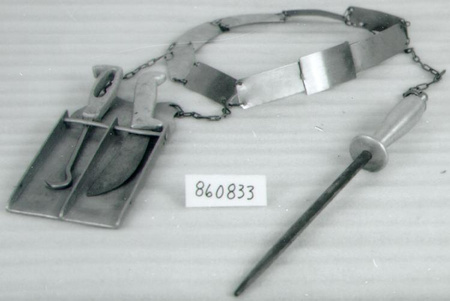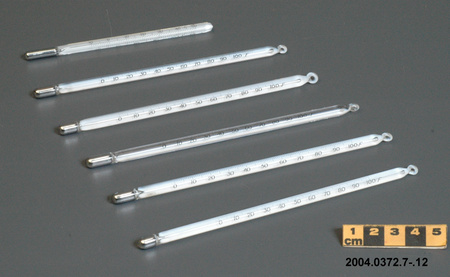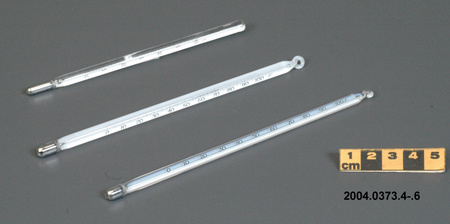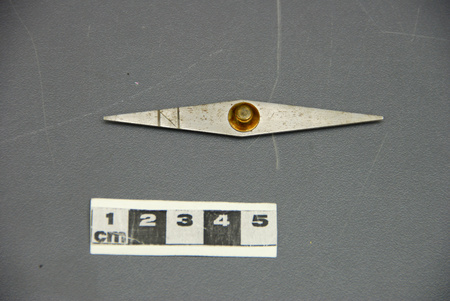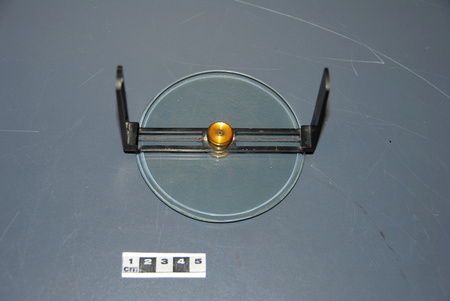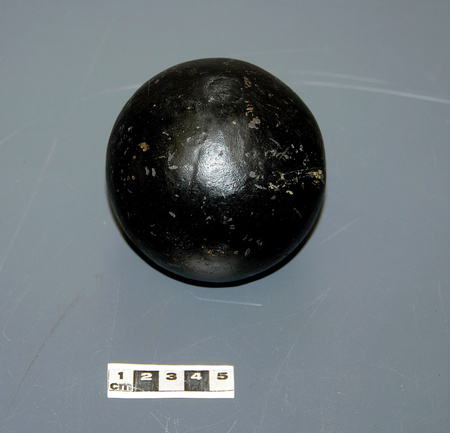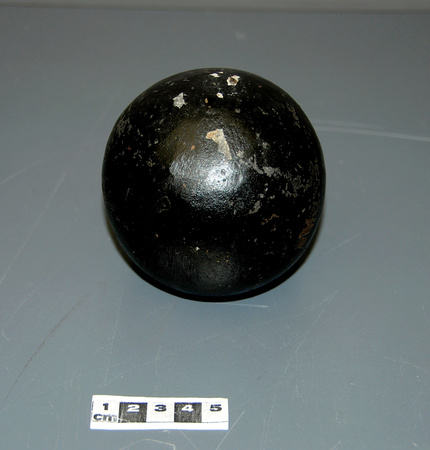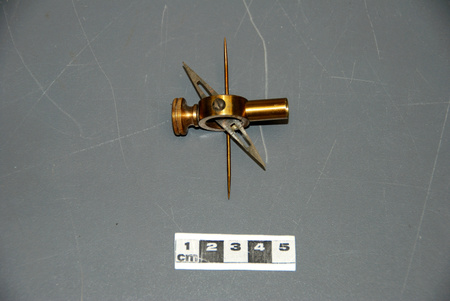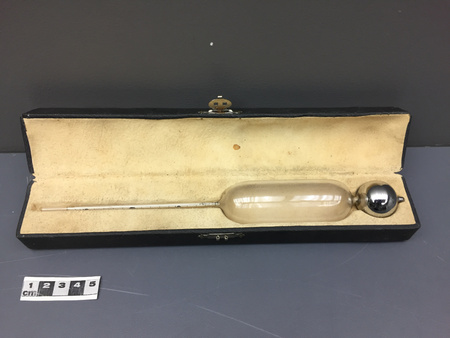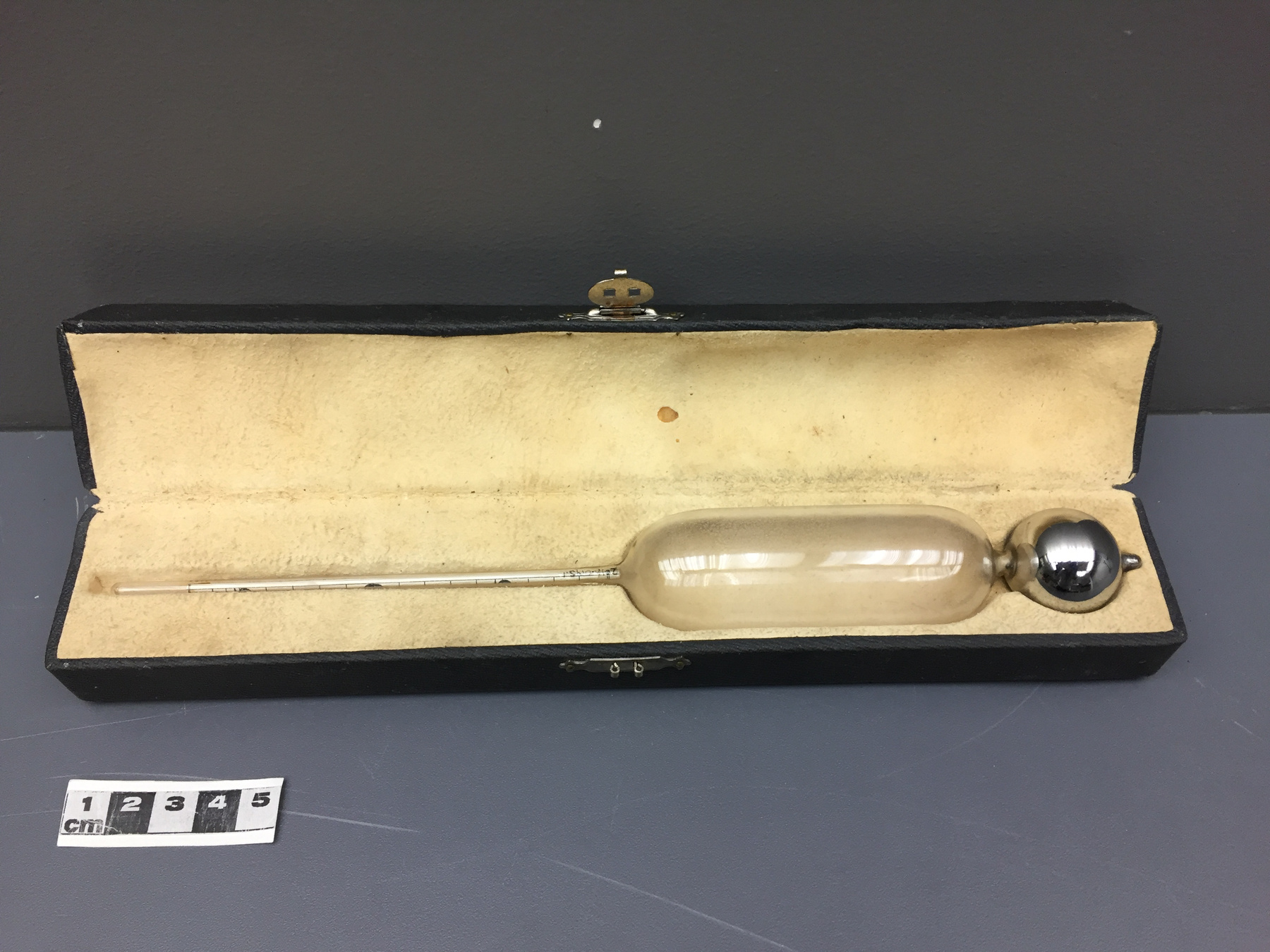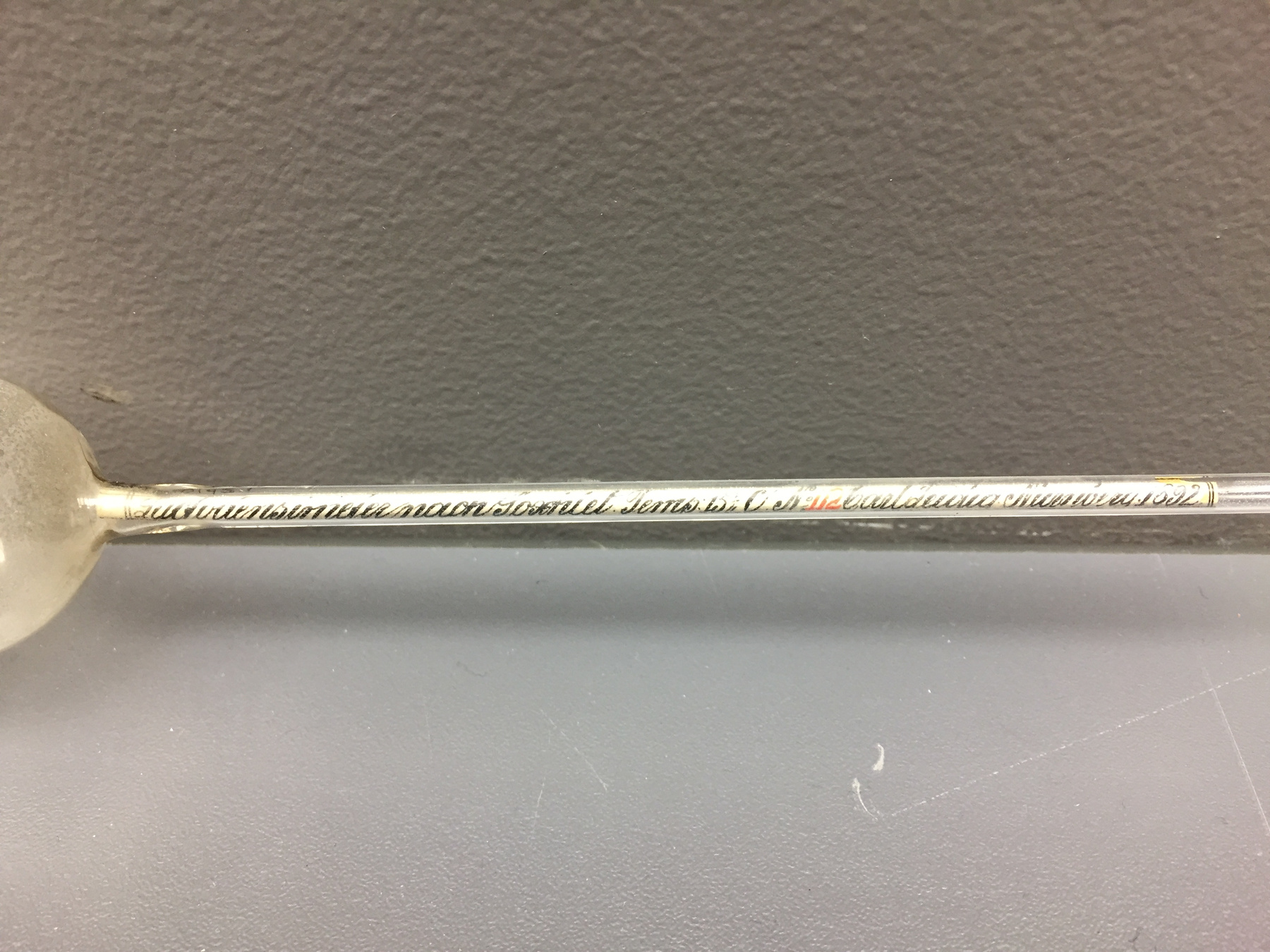Aréomètre
Utiliser cette image
Puis-je réutiliser cette image sans autorisation? Oui
Les images sur le portail de la collection d’Ingenium ont la licence Creative Commons suivante :
Copyright Ingenium / CC BY-NC-ND (Attribution-NonCommercial 4.0 International (CC BY-NC 4.0)
ATTRIBUER CETTE IMAGE
Ingenium,
2016.0145.001
Permalien:
Ingenium diffuse cette image sous le cadre de licence Creative Commons et encourage son téléchargement et sa réutilisation à des fins non commerciales. Veuillez mentionner Ingenium et citer le numéro de l’artefact.
TÉLÉCHARGER L’IMAGEACHETER CETTE IMAGE
Cette image peut être utilisée gratuitement pour des fins non commerciales.
Pour un usage commercial, veuillez consulter nos frais de reproduction et communiquer avec nous pour acheter l’image.
- TYPE D’OBJET
- LACTOMETER
- DATE
- 1892
- NUMÉRO DE L’ARTEFACT
- 2016.0145.001
- FABRICANT
- Inconnu
- MODÈLE
- 112
- EMPLACEMENT
- Inconnu
Plus d’information
Renseignements généraux
- Nº de série
- S/O
- Nº de partie
- 1
- Nombre total de parties
- 2
- Ou
- S/O
- Brevets
- S/O
- Description générale
- Glass, paper and mercury
Dimensions
Remarque : Cette information reflète la taille générale pour l’entreposage et ne représente pas nécessairement les véritables dimensions de l’objet.
- Longueur
- 26,5 cm
- Largeur
- 3,4 cm
- Hauteur
- 3,4 cm
- Épaisseur
- S/O
- Poids
- S/O
- Diamètre
- S/O
- Volume
- S/O
Lexique
- Groupe
- Agriculture
- Catégorie
- Laitière
- Sous-catégorie
- S/O
Fabricant
- Ou
- Inconnu
- Pays
- Inconnu
- État/province
- Inconnu
- Ville
- Inconnu
Contexte
- Pays
- Inconnu
- État/province
- Inconnu
- Période
- Inconnu
- Canada
-
The lactometer belonged to a German veterinarian and meat inspector, Karl Johann Hochstein, whose descendants now live in Canada. Hochstein was born, according to Beate Kuprath, on March 28, 1873 in Ühlfeld Nürnberg (Nuremberg) and died in Lauf/Pegnitz in 1966. - Fonction
-
A lactometer assesses the purity of a milk sample by measuring its fat content. - Technique
-
Lactometers such as these were used to assess the purity of milk. The mercury-filled instrument would float in relation to the fat content of the milk. If the milk had been adulterated with water, the lactometer would sink and give a reading indicating water content on a graduated scale. Governments in Europe and North America took responsibility for milk inspection in the last half of the nineteenth century as consumers began protesting about adulterated foods. “Consumer anxieties about hygiene and food safety emerged as food systems expanded and industrialized. Scandals in milk processing and meat-packing revealed lax standards and inspection, and, as Ann Vileisis argues, the increasing “scale, complexity, and anonymity” of North American food production. Governments responded with increased surveillance and regulation: Canada’s Food Adulteration Act of 1874 and the Pure Food and Drug Act in the United States in 1906 sought to restore confidence in food production through regulatory standards and inspection.” While this instrument was used in Germany, it is similar to the type of instrument used in North America. - Notes sur la région
-
Inconnu
Détails
- Marques
- Print on paper reads "Lactodensimeter nach Goschlet Temp 15° No: 112 Carl Leidig Nuremberg 1892.".
- Manque
- Appears complete
- Fini
- Clear glass with white paper with black and red print on it. Mercury in the bulb.
- Décoration
- S/O
FAIRE RÉFÉRENCE À CET OBJET
Si vous souhaitez publier de l’information sur cet objet de collection, veuillez indiquer ce qui suit :
Fabricant inconnu, Aréomètre, vers 1892, Numéro de l'artefact 2016.0145, Ingenium - Musées des sciences et de l'innovation du Canada, http://collection.ingenium.ca/fr/id/2016.0145.001/
RÉTROACTION
Envoyer une question ou un commentaire sur cet artefact.
Plus comme ceci
